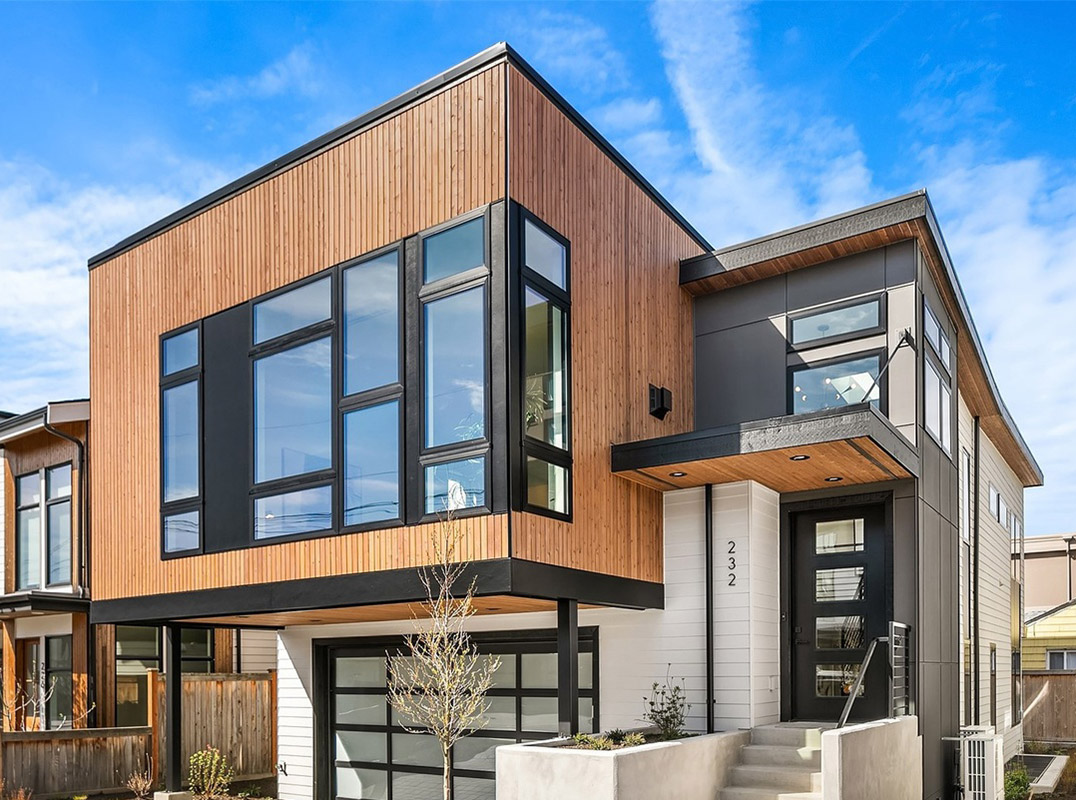The Impact of Lawn Care on Edmonton’s Local Biodiversity

Lawn care practices in urban areas like Edmonton have a profound impact on local biodiversity, often in ways that are not immediately apparent. While lush green lawns may enhance the aesthetic appeal of neighborhoods, the methods used to maintain them can disrupt ecosystems and threaten native flora and fauna.
This essay will delve into the intricate relationship between lawn care and biodiversity in Edmonton, exploring the various ways in which human activities shape the local environment and offering insights into potential strategies for promoting a more sustainable coexistence.
The Ecological Footprint of Lawn Care
One of the primary ways in which lawn care affects Edmonton’s biodiversity is through the use of chemical fertilizers, pesticides, and herbicides. These substances, intended to promote grass growth and control weeds and pests, can have far-reaching consequences for the surrounding ecosystem.
Runoff from lawns carries these chemicals into nearby waterways, where they can harm aquatic life and disrupt fragile aquatic ecosystems. Additionally, pesticides and herbicides can inadvertently target non-target species, including beneficial insects like pollinators, leading to declines in populations critical for maintaining ecosystem health.
Monoculture and Habitat Loss
The prevalence of monoculture lawns in Edmonton exacerbates the problem of habitat loss for native species. Lawns dominated by a single species of grass offer little in the way of food or shelter for local wildlife, effectively reducing biodiversity in urban areas.
Moreover, the removal of native vegetation to make way for lawns further diminishes habitat availability for insects, birds, and small mammals, contributing to the decline of indigenous species populations.
Water Usage and Aquatic Ecosystems
The intensive watering regimes often employed to maintain lush green lawns in arid climates like Edmonton’s can strain local water resources and harm aquatic ecosystems. Excessive water consumption can lead to the depletion of groundwater reserves and the drying up of streams and wetlands that provide crucial habitat for a diverse array of plant and animal species. Furthermore, runoff from over-irrigated lawns can carry sediment and pollutants into waterways, degrading water quality and threatening the health of aquatic organisms.
Alternatives to Conventional Lawn Care
Fortunately, there are alternative approaches to lawn care that can mitigate its negative impact on Edmonton’s biodiversity. One such approach is xeriscaping, which involves landscaping with native plants that require minimal water and maintenance.
Xeriscaping not only conserves water but also provides habitat for native wildlife and reduces the need for chemical inputs. Community initiatives promoting the use of native plants in landscaping can play a crucial role in encouraging homeowners to adopt more biodiversity-friendly practices.
Education and Awareness
Education and awareness campaigns are essential for fostering a culture of responsible lawn care among Edmonton residents. By providing homeowners with information about the environmental consequences of conventional lawn care practices and the benefits of biodiversity-friendly alternatives, these campaigns can empower individuals to make informed choices about how they manage their outdoor spaces.
Municipal governments, environmental organizations, and community groups can collaborate to develop and implement outreach programs aimed at promoting sustainable landscaping practices and fostering a deeper appreciation for Edmonton’s unique natural heritage.
Policy Interventions
In addition to voluntary measures, policy interventions can also play a significant role in promoting biodiversity-friendly lawn care practices in Edmonton. Municipal regulations restricting the use of chemical fertilizers and pesticides on public and private lands can help reduce the environmental impact of lawn care activities.
Incentive programs offering rebates or tax credits for homeowners who adopt xeriscaping or other sustainable landscaping practices can also encourage widespread adoption of biodiversity-friendly lawn care practices. By aligning economic incentives with environmental goals, policymakers can create a regulatory framework that supports the conservation of Edmonton’s local biodiversity.
Conclusion
The impact of lawn care on Edmonton’s local biodiversity is a complex and multifaceted issue that requires a coordinated response from policymakers, community stakeholders, and individual residents. By recognizing the ecological consequences of conventional lawn care practices and embracing alternative approaches that prioritize biodiversity conservation, Edmonton can become a model for sustainable urban landscaping. Through education, outreach, and policy interventions, we can create healthier, more resilient ecosystems that benefit both people and wildlife for generations to come.




